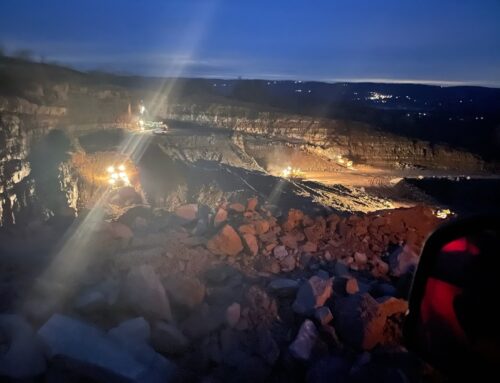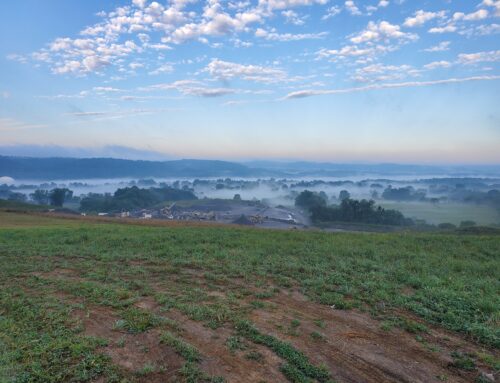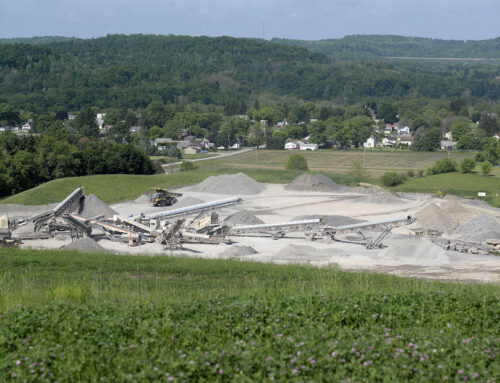
John Stilley, owner of Butler-based Amerikohl Mining Inc., said improved environmental practices among producers and the strong bonding program make Pennsylvania “significantly better off than we were” before 1980.
– Associated Press – Saturday, July 16, 2016
PITTSBURGH (AP) – The Pittsburgh Botanic Garden has spent more than a decade cleaning up the damage from a half-century of coal mining.
“I’m sure there were times that people thought, ‘Let’s forget this site and find a pristine location somewhere else,’ ” said Bob Hedin, an environmental consultant who has helped guide the North Fayette facility through years of cleaning acid mine drainage from the abandoned deep mines and remediating surface-mining activity that scarred the land. “The challenges have been very, very large.”
The garden is one of many examples across Pennsylvania of how today’s generations are paying for mining practices of years past. The results of lax regulations and practices from the first half of the 20th century can be seen in coal waste piles, open pits, exposed rock walls and acid-tainted creeks that dot the landscape.
A collapse in the U.S. coal industry over the past two years raises concerns that taxpayers could bear the burden for another generation of environmental woes if bankrupt companies abandon mines again. The concern is especially high in states such as West Virginia and Wyoming that relaxed rules on the bonds that companies must post, leaving less money to pay for potential cleanup.
Pennsylvania regulators say a strong bonding program and oversight will protect the state from such a scenario.
“In general, we have full-cost bonding for these sites, based on the amount it would take for the commonwealth to reclaim them,” said Thomas Callaghan, director of mining programs for the Department of Environmental Protection. The state has more than $1 billion in surety bonds and cash from companies to cover 625 permitted sites where coal and other minerals are mined. => Read Full Article






